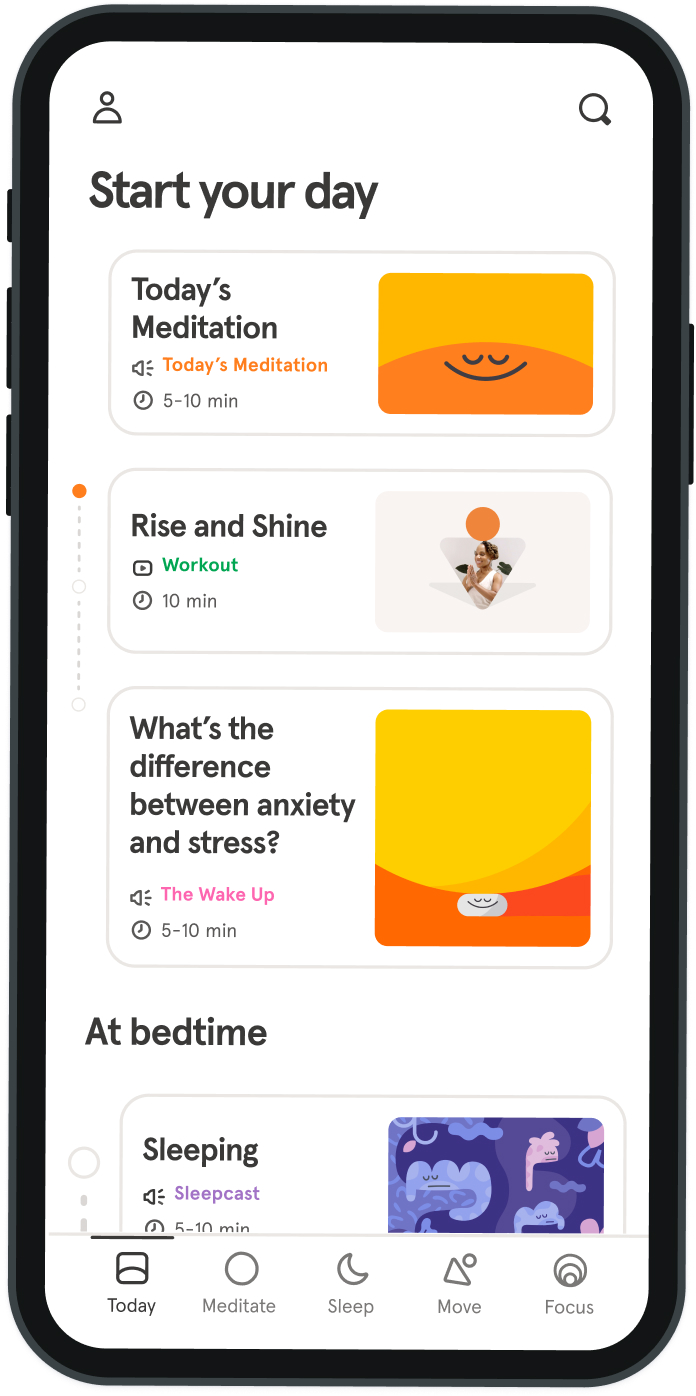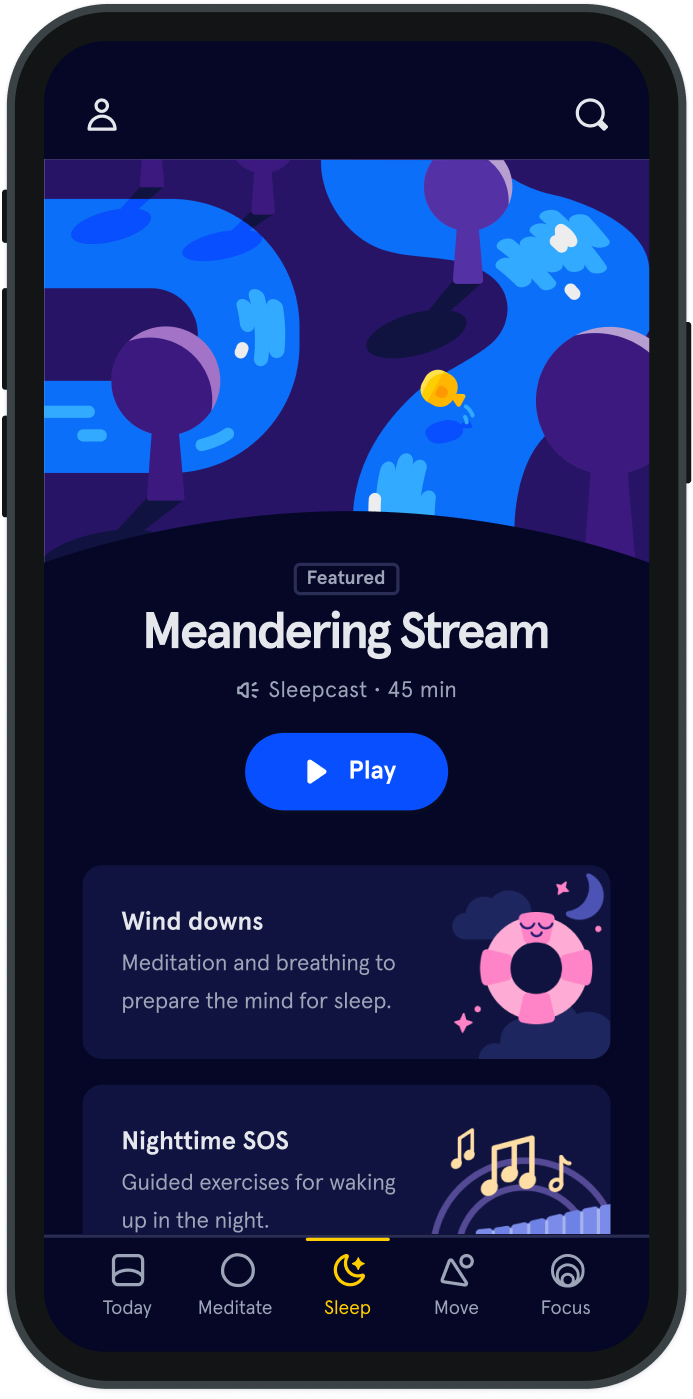How to wake up on the right side of the bed
Some days I wake ready to seize the day. Other days, I want to hide beneath my pillow, frustrated that I have to get out of bed. On the not-so-good days, I wake groggy, like my brain isn’t fully functioning.
I’m ill-tempered until after my morning tea kicks in, though sometimes that bad mood spills into the rest of my day. It’s not because anything negative has happened, I simply wake up a total grump. Which makes me wonder: can you actually wake up on the wrong side of the bed? The answer, it seems, is yes and it has to do with sleep inertia—a transitional period when you wake up that can last from one minute to four hours, but it rarely takes more than 30 minutes unless you're chronically sleep deprived. Most of us fully wake after about 15 minutes of this heightened state of drowsiness while our pre-frontal cortex warms up.
Sleep inertia becomes apparent when we wake from a deeper level of sleep than usual. Dr. Adrian Williams, professor of Sleep Medicine at King’s College, London, explains that sleep inertia is most prevalent when we are waking from Stage 3 slow wave sleep (though waking from REM sleep is no picnic either, as anyone who has been roused from dreaming can understand). “This is the sleep we are usually in after about an hour of sleeping, during the first third of the night, or during long daytime naps,” says Williams. This may also explain why some of us wake up in such a sour mood after getting some rest and relaxation in the afternoon. It can happen when we wake up in the morning, though it’s rarely as intense unless we’re in a deep sleep cycle. Still, mild sleep inertia can get in the way when it’s time to get moving. So how can we get into the groove of the day, so that sleep inertia doesn't derail us into a day-long bad mood? “Get enough good nighttime sleep of course,” says Williams. Not having enough sleep can increase both the severity and length of sleep inertia. “Also, take power naps (as opposed to long daytime naps), ideally 30 minutes or less.”
Another trick Williams suggests is to wake yourself 30 minutes before you need to get up, have a cup of caffeinated tea or coffee, then feel free to hit the snooze button. The caffeine paired with the half hour cat nap should do the trick and have you ready to get on with your day. While you may not be able to feel bright-eyed and bushy-tailed as soon as you open your eyes in the morning, getting enough rest and giving yourself a few minutes to let your brain warm up after waking can make a world of difference in how you approach your day.



Be kind to your mind
- Access the full library of 500+ meditations on everything from stress, to resilience, to compassion
- Put your mind to bed with sleep sounds, music, and wind-down exercises
- Make mindfulness a part of your daily routine with tension-releasing workouts, relaxing yoga, Focus music playlists, and more
Meditation and mindfulness for any mind, any mood, any goal

Stay in the loop
Be the first to get updates on our latest content, special offers, and new features.
By signing up, you’re agreeing to receive marketing emails from Headspace. You can unsubscribe at any time. For more details, check out our Privacy Policy.
- © 2025 Headspace Inc.
- Terms & conditions
- Privacy policy
- Consumer Health Data
- Your privacy choices
- CA Privacy Notice
